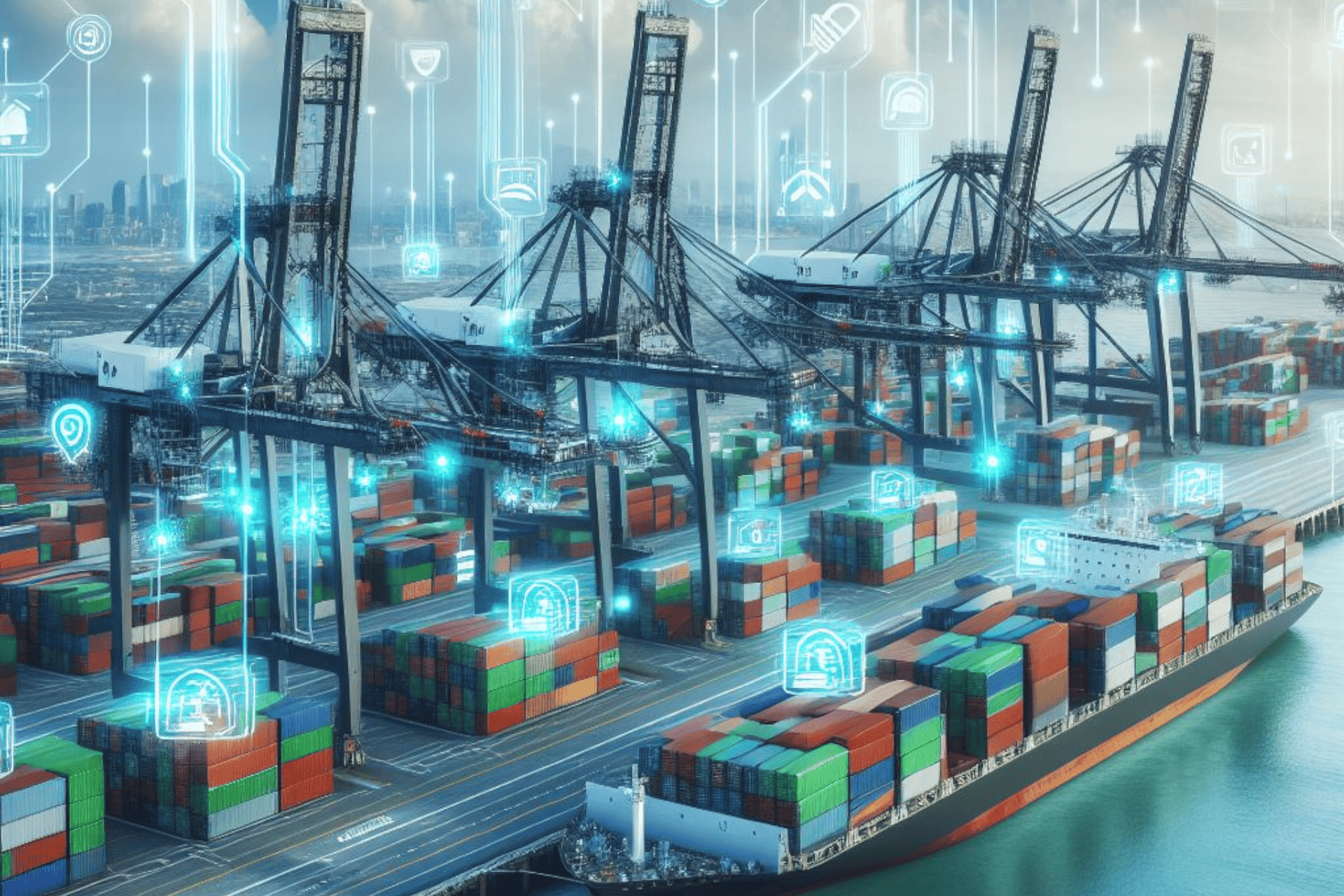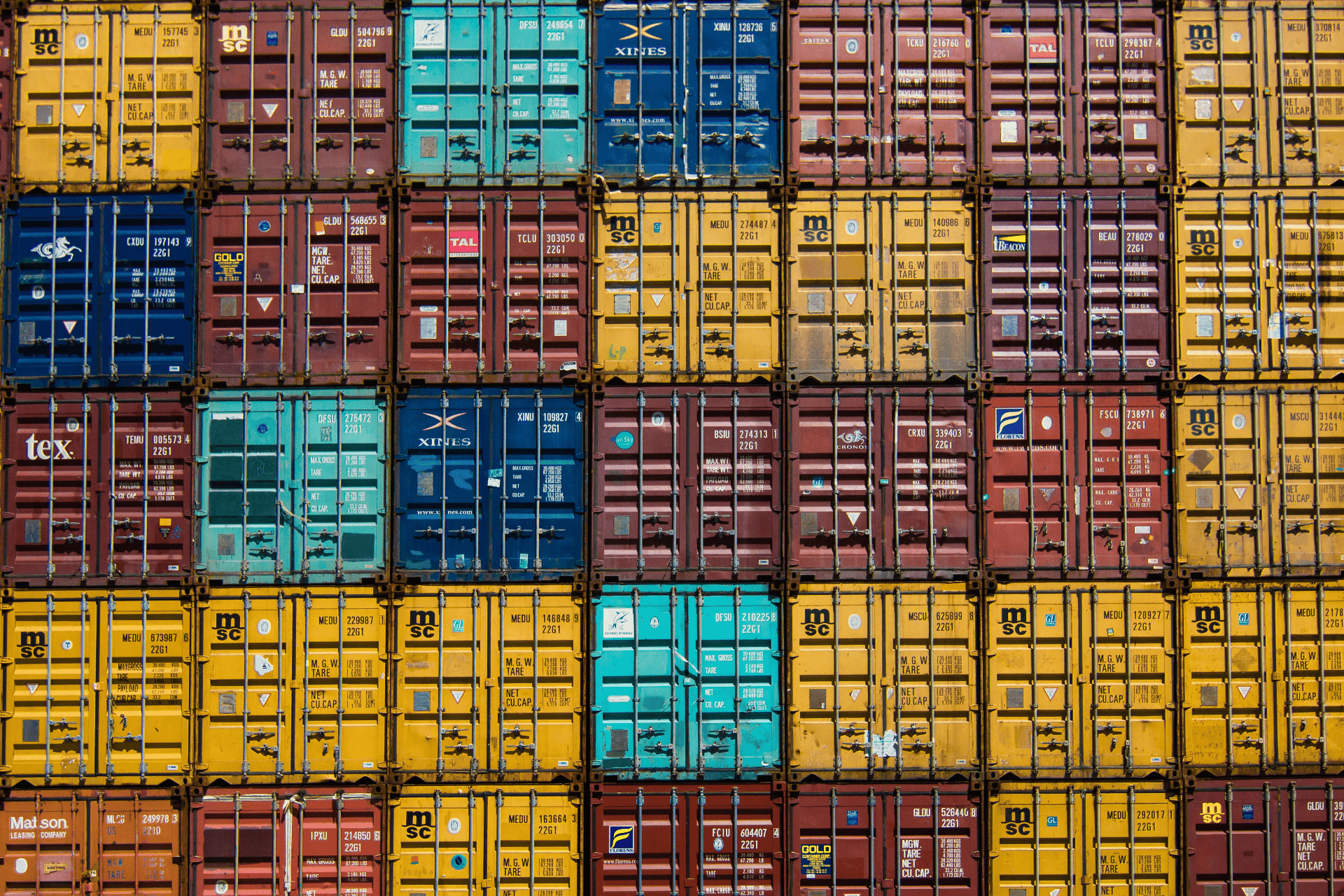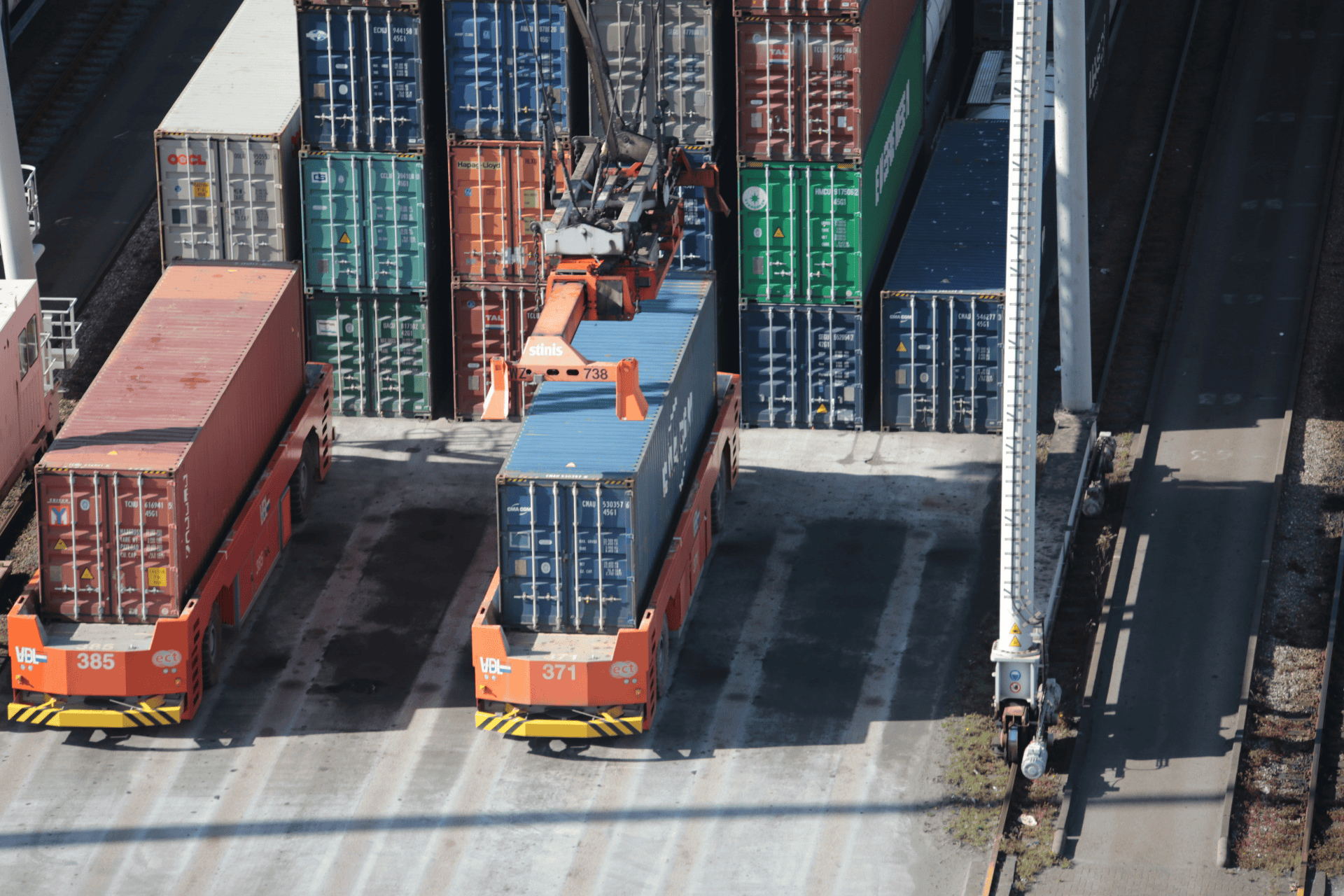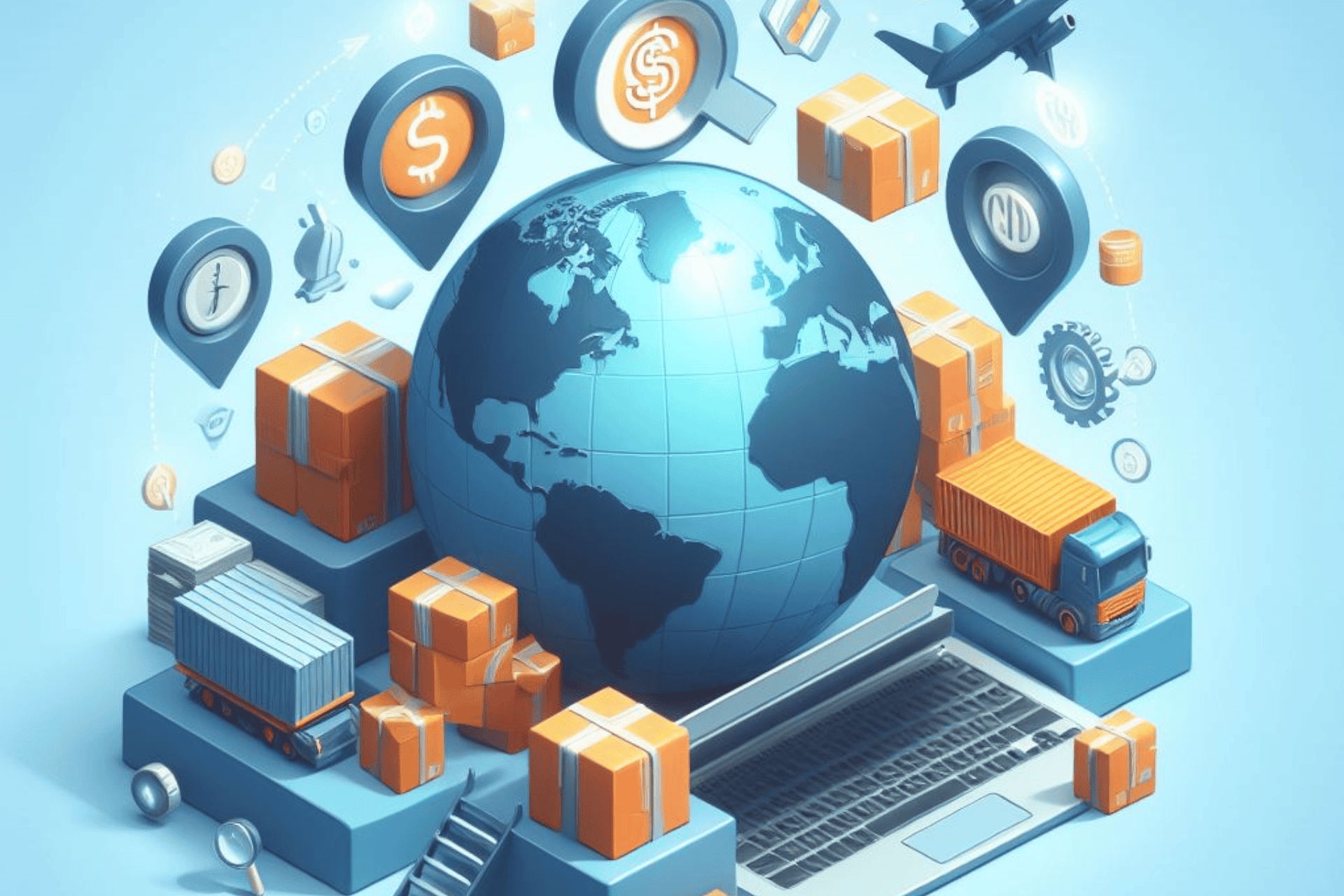Export controls on technology and software are essential tools for safeguarding national security and preventing the proliferation of sensitive technologies. Businesses and individuals involved in the international transfer of technology and software must familiarize themselves with these regulations to ensure compliance and mitigate risks. By adhering to export control requirements, stakeholders can contribute to a secure and responsible global trade environment while continuing to drive innovation and economic growth.
In today's global economy, the exchange of technology and software plays a pivotal role in driving innovation and economic growth. However, with this exchange comes the responsibility to ensure that sensitive technologies and software do not fall into the wrong hands, posing risks to national security and competitiveness. Export controls on technology and software are measures put in place by governments to regulate the export of certain technologies and software to safeguard national interests. Understanding these regulations is essential for businesses and individuals engaged in the international transfer of such assets.
What are Export Controls?
Export controls refer to government regulations that restrict the export of certain goods, technologies, and software to specific countries, entities, or individuals. These controls aim to prevent the proliferation of sensitive technologies and software that could be used for malicious purposes, such as weapons development or terrorism. Export controls typically apply to items listed on control lists, which categorize goods, technologies, and software based on their sensitivity and potential security implications.
Key Components of Export Controls
- Controlled Technologies and Software: Export controls primarily target technologies and software that have potential military, intelligence, or dual-use applications. Dual-use items are those with both civilian and military applications. Examples include encryption software, advanced manufacturing technologies, and certain types of computer hardware.
- Licensing Requirements: Depending on the nature of the technology or software and the destination country, exporters may need to obtain licenses or authorizations from government agencies before exporting. The licensing process involves an assessment of the potential risks associated with the export, including the possibility of diversion to unauthorized end-users or uses.
- End-User Screening: Exporters are responsible for conducting due diligence on their customers and end-users to ensure compliance with export controls. This includes verifying the identity and legitimacy of the recipient, as well as assessing the intended use of the technology or software.
- Compliance Programs: Implementing robust compliance programs is crucial for businesses to ensure adherence to export control regulations. This involves establishing internal controls, training employees, and conducting regular audits to monitor and mitigate risks related to technology and software exports.
Implications for Businesses and Individuals
Failure to comply with export control regulations can have serious consequences, including legal penalties, fines, and damage to reputation. Additionally, non-compliance may result in the imposition of export restrictions, limiting the ability of businesses to engage in international trade and collaborate with foreign partners.
#ExportControls #TechnologyExport #SoftwareExport #Compliance #InternationalTrade #SecurityRegulations #GlobalBusiness #ExportLicensing #DualUseTechnology
Related Information



















































